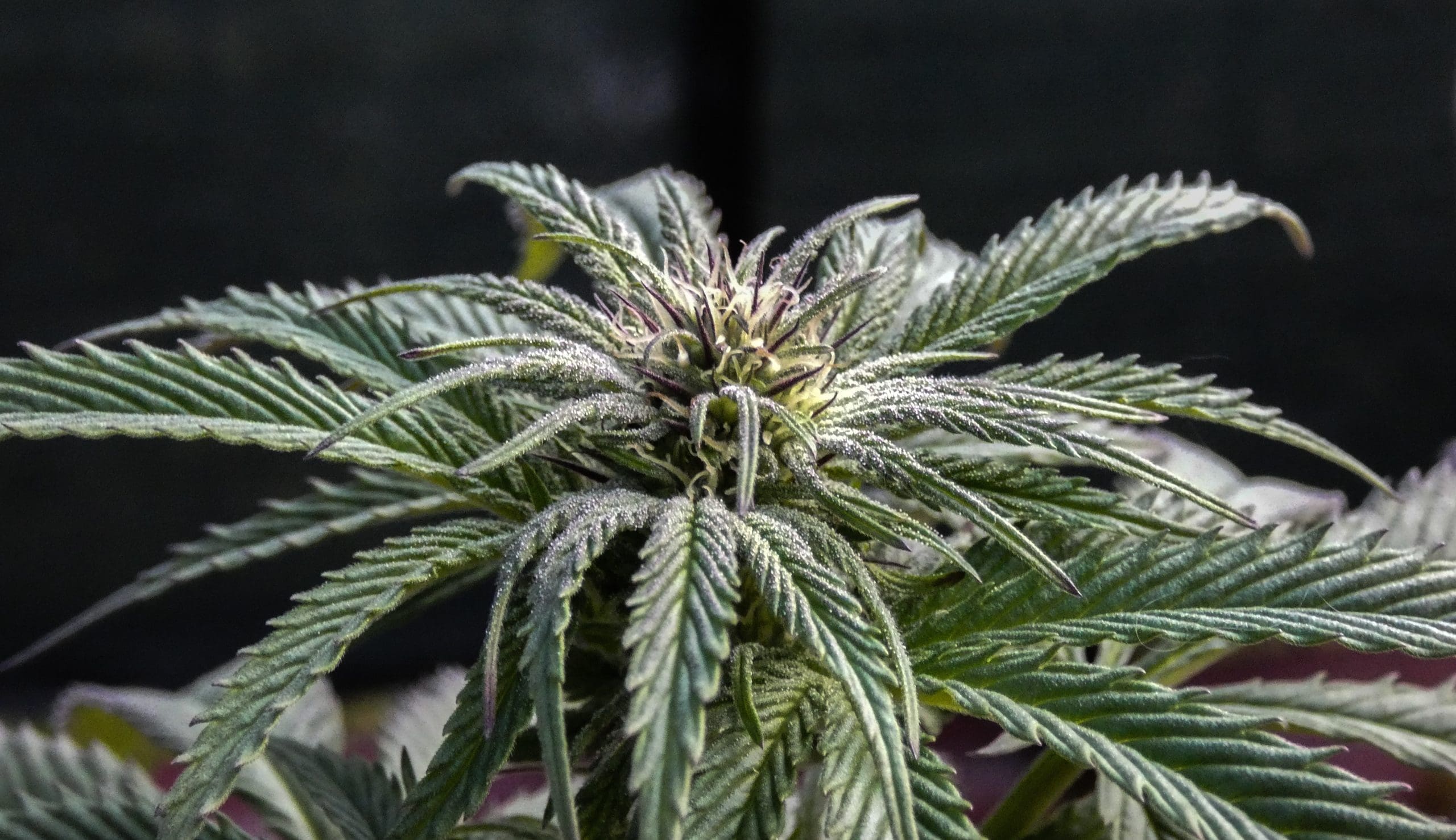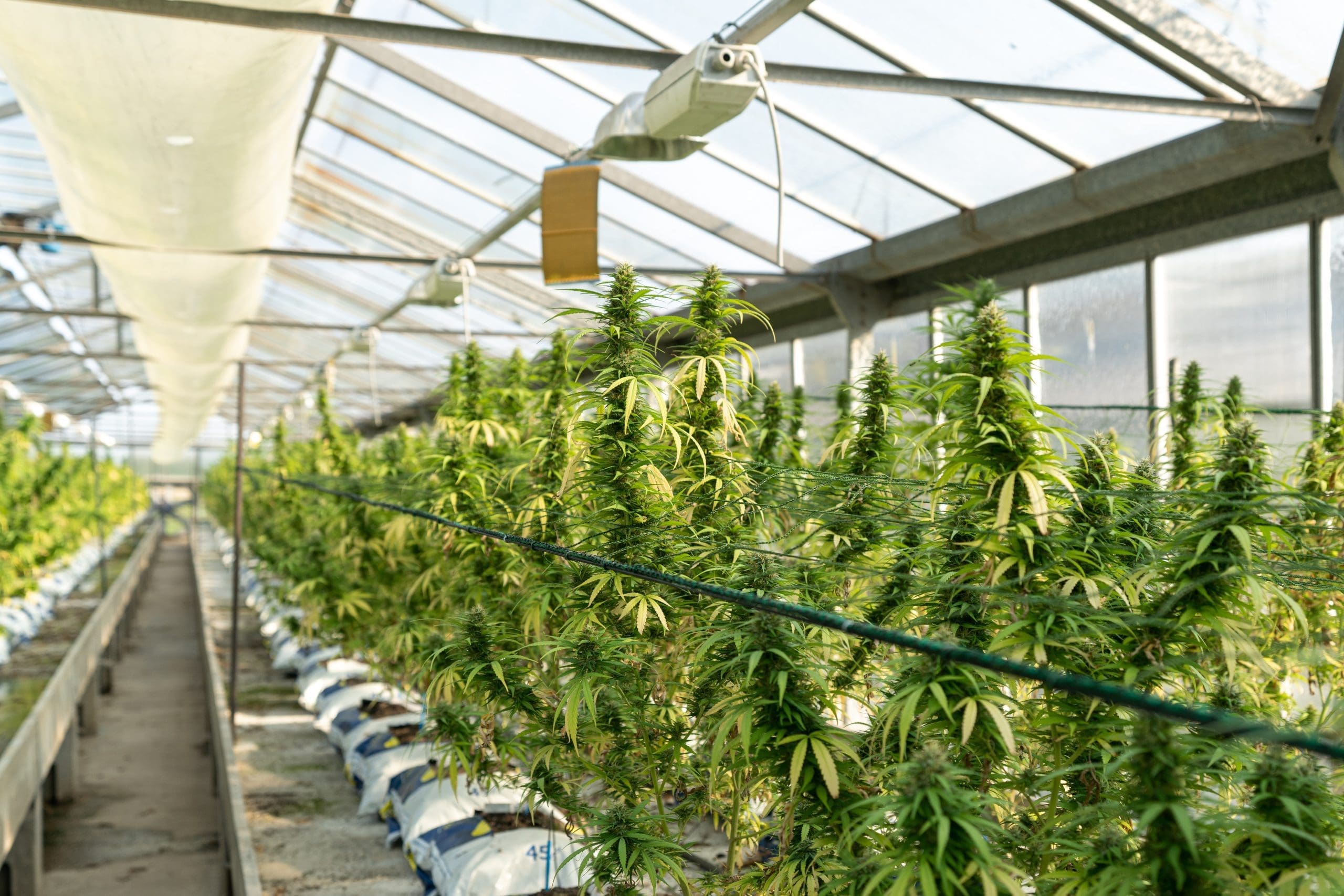The realm of weed strains is as multifaceted as it is ancient. From its initial use in spiritual ceremonies to its contemporary status as a subject of scientific fascination, cannabis has always been more than merely a plant. Its myriad strains, each boasting unique characteristics and effects, have positioned it at the forefront for both aficionados and researchers.
As the wave of cannabis legalization sweeps across the globe, there’s a burgeoning curiosity to fathom the depth and diversity of this plant. How many strains truly exist? What sets one apart from the other? And how have we come to recognize such an extensive array of weed strains? This article delves deep into the heart of cannabis taxonomy, understanding its classifications, and pondering the future of cannabis strains. Join us on this enlightening journey as we unpick the mysteries of cannabis strains and their ever-evolving panorama.

Various forms of cannabis, commonly known as weed or marijuana, exist. Cannabis encompasses the plant’s dried seeds, stems, leaves, or blossoms. The specific variety of cannabis is determined by its preparation and the particular cannabis genetics it originates from.
The primary active compound in cannabis is Δ-9-tetrahydrocannabinol, commonly known as THC. THC possesses psychoactive properties, implying it can influence mood, alertness, perception, and cognitive functions. Another significant component of the cannabis plant is Cannabidiol, or CBD, which induces relaxation without the psychoactive impact of THC. CBD is also believed to offer pain relief.
At the core, weed strains are classified into three primary categories: Sativa, Indica’s, and Hybrids.
- Sativa: Originating from warmer climates like Mexico and South Africa, Sativa plants grow tall with long, thin leaves. They are known for their energizing effects, making them popular for daytime use. Sativa can potentially assist with conditions like ADD/ADHD, depression, and chronic fatigue.
- Indica: These weed strains hail from colder regions, such as the Hindu “Kush” region near Afghanistan. Indica plants are shorter, with bushier appearances and broader leaves. They are renowned for their relaxing and sedative effects, making them ideal for night-time use. Indica are often sought after for their potential to alleviate sleep difficulties, chronic pain, and anxiety.
- Hybrid: As the name suggests, hybrid strains result from crossbreeding different cannabis strains. They can be a combination of both Sativa and Indica or even two weed strains of the same type. The effects of hybrids depend on the dominant strain in their genetic makeup.
Have a look at our blog to delve deeper into the nuances of Indica, Sativa, and Hybrid strains and enhance your understanding of the different types.

The Rise of Hybrid Strains
The cannabis industry’s innovation has led to the creation of numerous hybrid weed strains. These hybrids are crafted to offer a balanced set of effects, combining the best attributes of their parent strains. For instance, a Sativa-dominant hybrid might offer the energizing effects of a Sativa but with the mellowing touch of an Indica.
Moreover, cannabis strains possess distinct genetic make-ups that influence several facets of the plant, such as:
- Cannabinoid Composition: Every strain boasts a unique blend of THC, CBD, and other cannabinoids, determining its psychoactive properties.
- Terpene Profile: Terpenes are fragrant compounds that dictate the aroma and flavor of cannabis. Each strain has its own array of terpenes, including limonene, myrcene, and pinene.
- Physical Appearance: The visual characteristics of cannabis plants can differ significantly. This encompasses variations in leaf dimensions and form, the hue of the flowers, and the quantity and arrangement of buds.
- Aroma and Taste: Owing to the diverse terpene profiles, each cannabis strain presents a distinct aroma and flavor. Descriptions of these flavors range from “floral” and “earthy” to “sour” and “citrus“, among other descriptors.
How Many Strains Exist?
While the exact number can vary based on classifications and new hybrid creations, currently, there are over 700 weed strains of cannabis. This number is ever-growing, with growers and enthusiasts continually experimenting to produce unique strains with specific effects.
Individual experiences with a particular cannabis strain can vary widely. For instance, while some might find products derived from cannabis indica sedative, other cannabis components can also induce sedation and varied psychoactive effects. These include:
- Linalool
- Myrcene
- Limonene
- Alpha-pinene
Often, these components aren’t mentioned in cannabis product descriptions, leading some experts to propose that producers should refrain from labelling their products as sativa or indica. Such nomenclature is not only misleading but also more intricate than previously assumed.
Designer Strains and Their Effects
With the ability to create hybrids, the cannabis industry has seen the rise of “designer strains.” These weed strains are meticulously bred to achieve maximum quality and specific effects. Some popular designer strains include:
- Sour Diesel: A hybrid strain known for its energizing effects and high THC content. It’s named after its gasoline-like aroma and is often used for stress relief and pain management.
- Purple Kush: A pure Indica strain, it offers a relaxing body high and is popular for its potential to alleviate chronic pain and depression.
- Blue Dream: A Sativa-dominant hybrid, it provides an energetic cerebral high, potentially increasing motivation and focus.

The Evolution of Cannabis Cultivation
The cultivation of cannabis has seen significant advancements over the years. From traditional farming methods to modern hydroponics, the way cannabis is grown has evolved to produce better yields, enhanced potency, and a wider variety of strains. This evolution in cultivation techniques has also contributed to the rise in the number of weed strains available.
Within the cannabis sector, numerous cultivators employ their own unique cultivation techniques, resulting in the emergence of fresh hybrid strains. This, in turn, adds to the continually expanding array of strains on offer.
We experienced this first-hand at Product Earth, where we exhibited as Weed Strains UK, testing people’s buds. Engaging with many growers, it became evident that each had a distinct approach to cultivating cannabis. We encountered enthusiasts from all over the UK eager to have their buds assessed, discuss their cultivation methods, and share their target THC percentages. These cultivators were innovatively crafting their own hybrid strains to ascertain the most effective genetic combinations.
The Future of Cannabis Strains
As research into the medicinal properties of cannabis intensifies, there’s a growing interest in developing weed strains tailored for specific medical conditions. Many clinics are opening across the UK to help provide various cannabis strains to help with specific health conditions. You are able to find cannabis strains that are specifically designed for pain management, anxiety relief, or even to counteract specific diseases. The future holds immense potential for the diversification and specialization of cannabis strains.
In Conclusion
The world of cannabis strains is vast and ever-evolving. With over 700 recognized weed strains and many more being developed, the diversity is truly astounding. As science continues to delve deeper into the intricacies of this plant and as breeders innovate, the number of weed strains is only set to increase.
For those keen on exploring the myriad of cannabis strains, it’s essential to do thorough research. Whether for medicinal or recreational purposes, understanding the nuances of each strain can help tailor the cannabis experience to individual preferences.